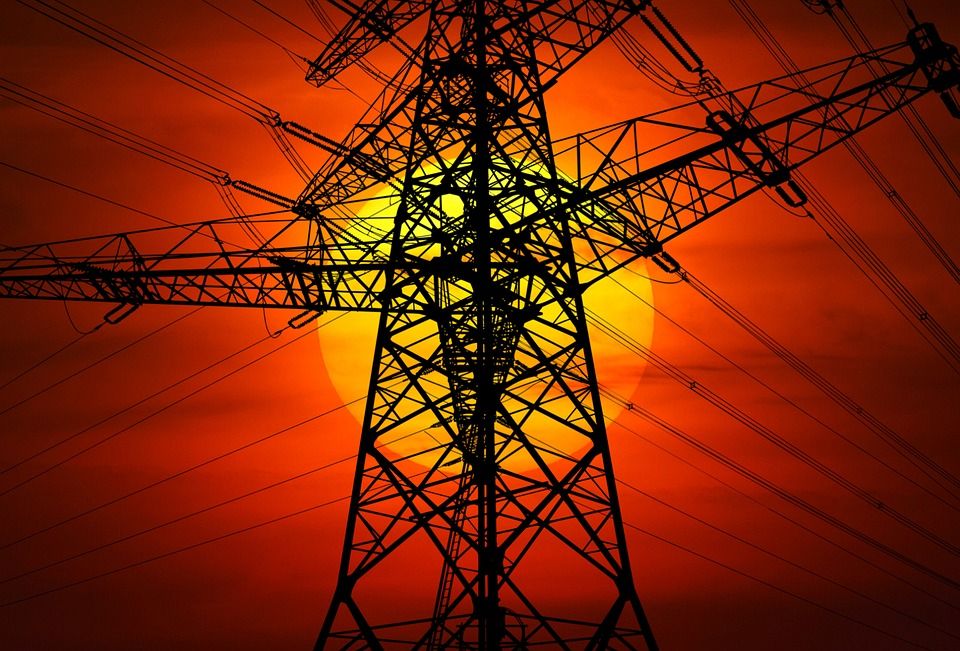The countries of Central America, Mexico and Colombia are making progress in the construction of an interconnected electricity system between them, according to the following information from the Panamanian government.
One of the initiatives of the Mesoamerica Project is an interconnected regional electricity market.
The project includes the construction of an Electrical Interconnection System for Central American Countries (SIEPAC) and power transmission systems between Mexico and Guatemala (already in operation) and between Panama and Colombia.
Construction of the SIEPAC began in 2006 under the Puebla-Panama Plan and continued under the Mesoamerica Project.
In October 2014, SIEPAC was completed and fully operational.
Prior to that, in June 2013, the regulatory framework of the Central American Regional Electricity Market came into force.
The total cost of the project, shared between the governments of Costa Rica, El Salvador, Guatemala, Honduras, Nicaragua and Panama, was US$505 million.
Electricity system
In May 2016, construction began on Telfers Island, Colón province, on Central America’s first liquefied natural gas-based electricity generation plant.
The project represents an investment of US$1.15 billion and adds 381 MW to the country’s energy matrix as part of the 2015-2050 National Energy Plan and includes a regasification terminal with a storage capacity of 180,000 m3.
The Plan also contemplates the possibility of turning Panama into a liquefied natural gas distribution hub for the region. It was inaugurated on August 17, 2018.
The Mesoamerica Project was the result of the expansion of an initiative started in 2001, the Puebla-Panama Plan.
In June 2001, Panama, Mexico, Nicaragua, Guatemala, Honduras, El Salvador, Belize and Costa Rica signed the Plan Puebla-Panama, which was a development plan that would be supported by up to $2 billion in loans from the IDB and other multilateral institutions. organizations.
The plan would lead to joint management of natural resources and infrastructure projects, such as highways, roads, electricity, seaports, airports, gas pipelines and communications, as well as an environmental protection plan.

